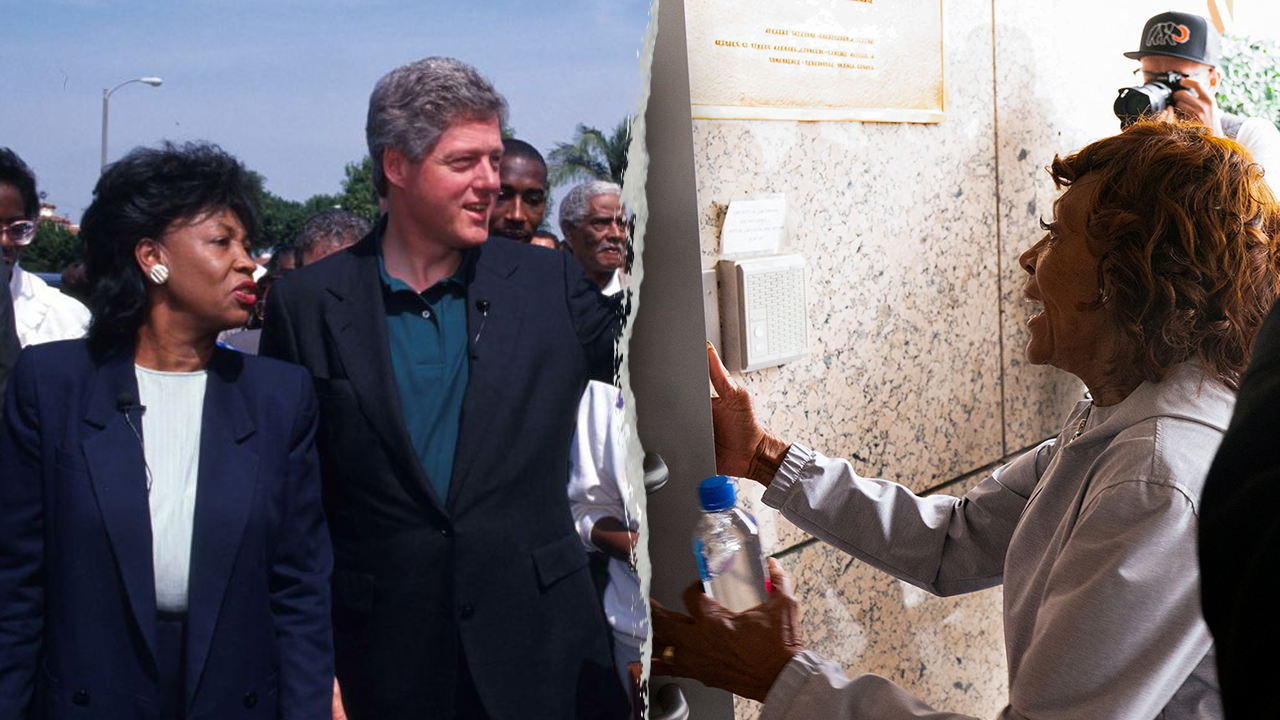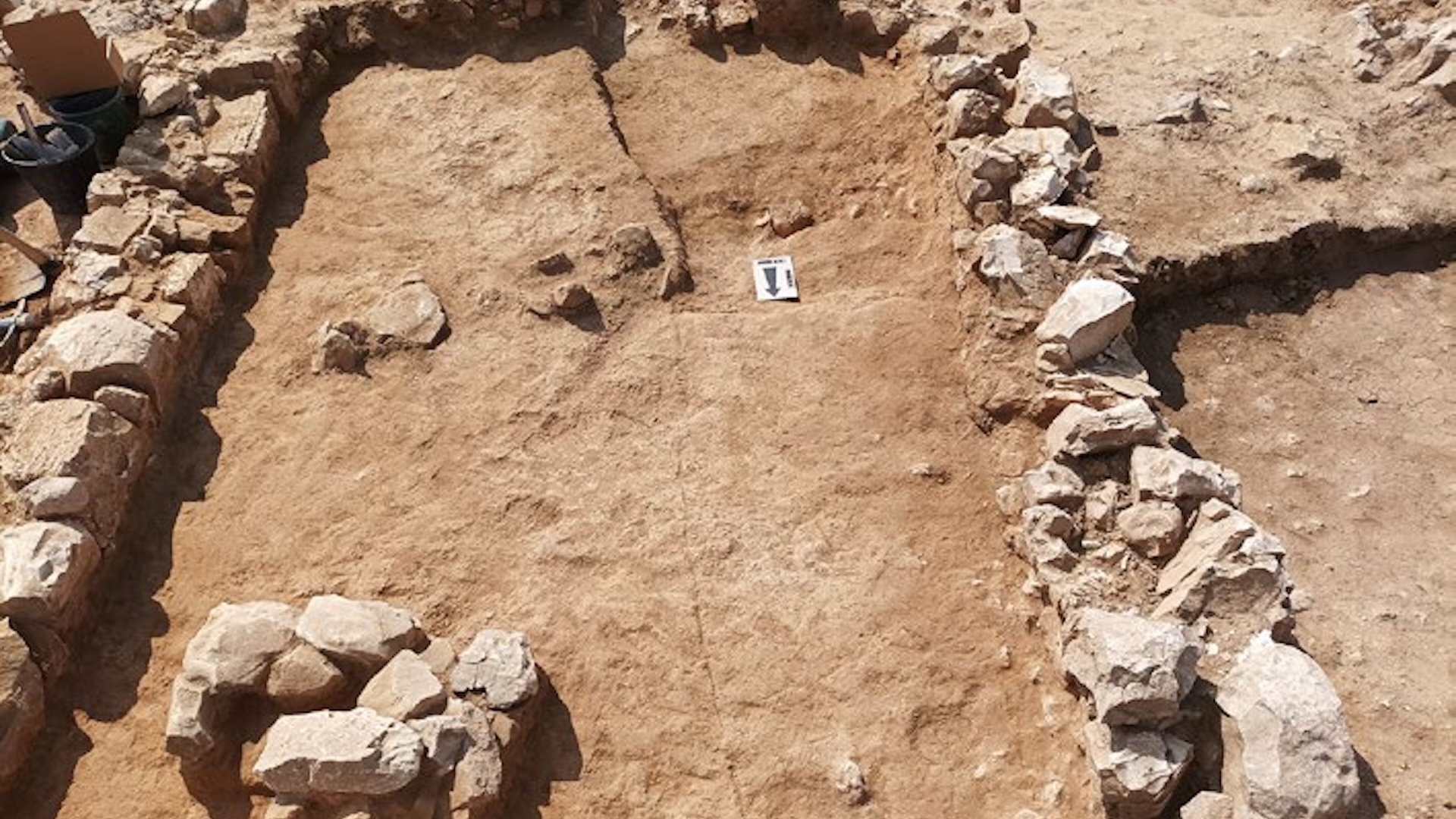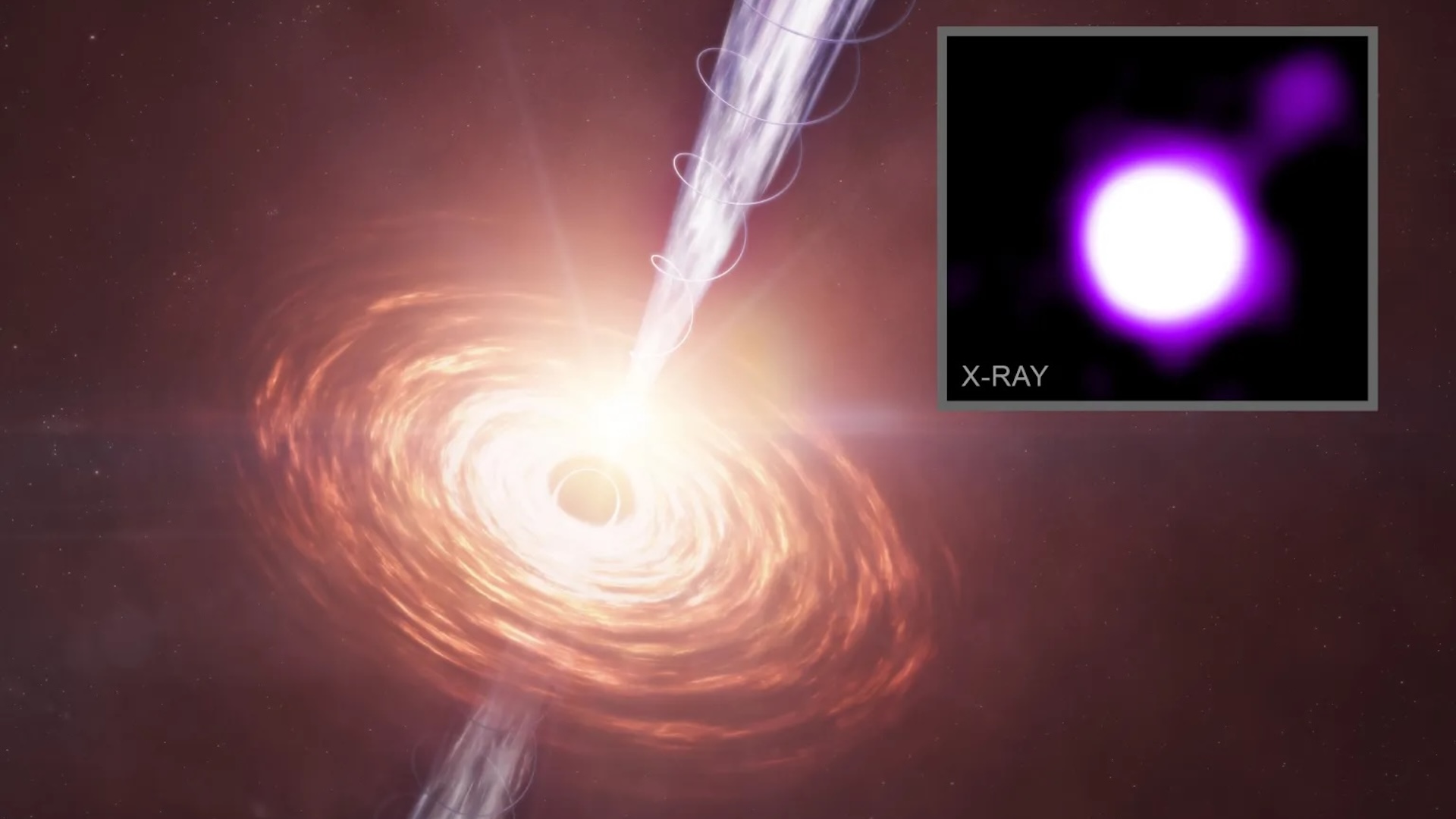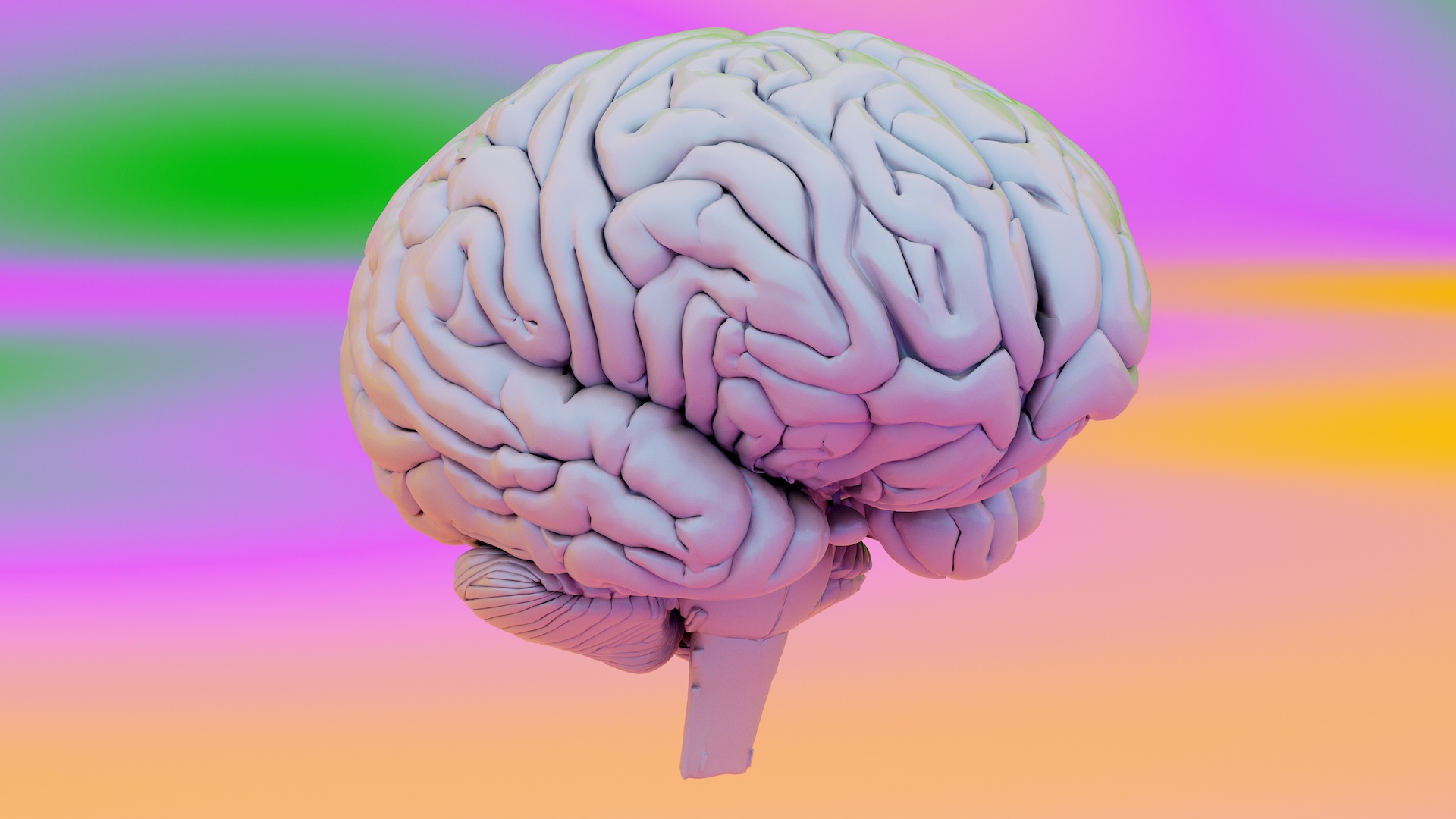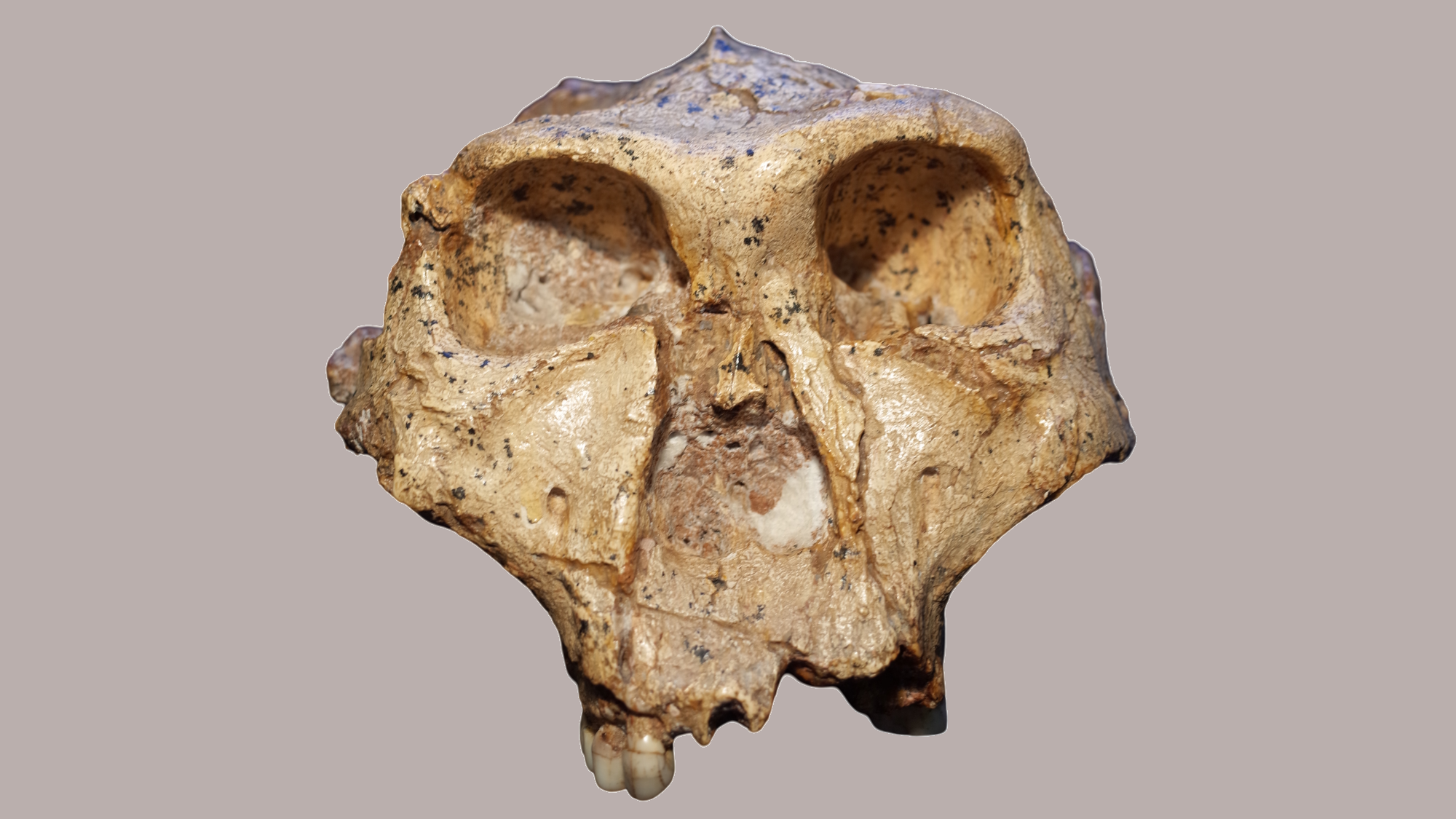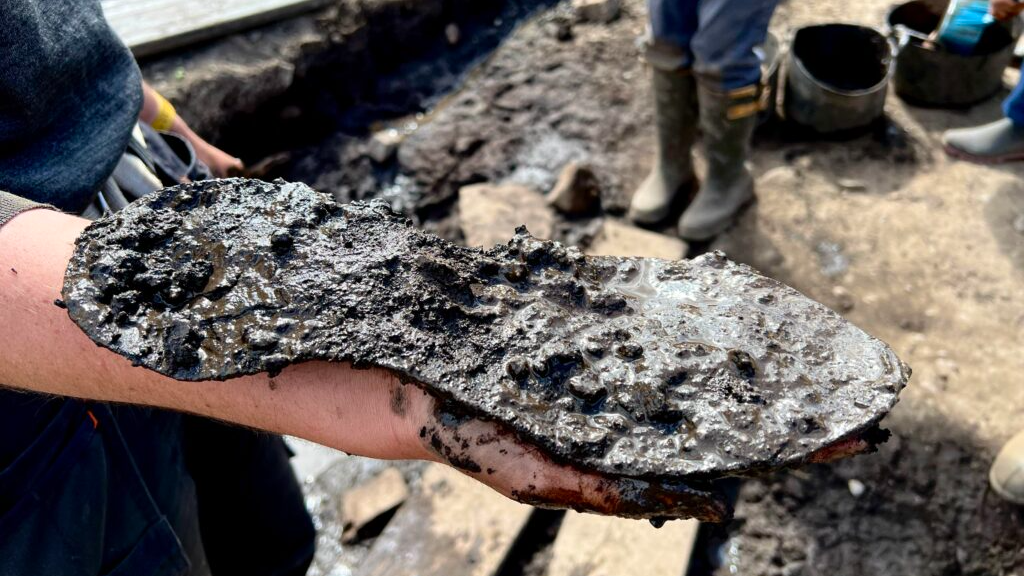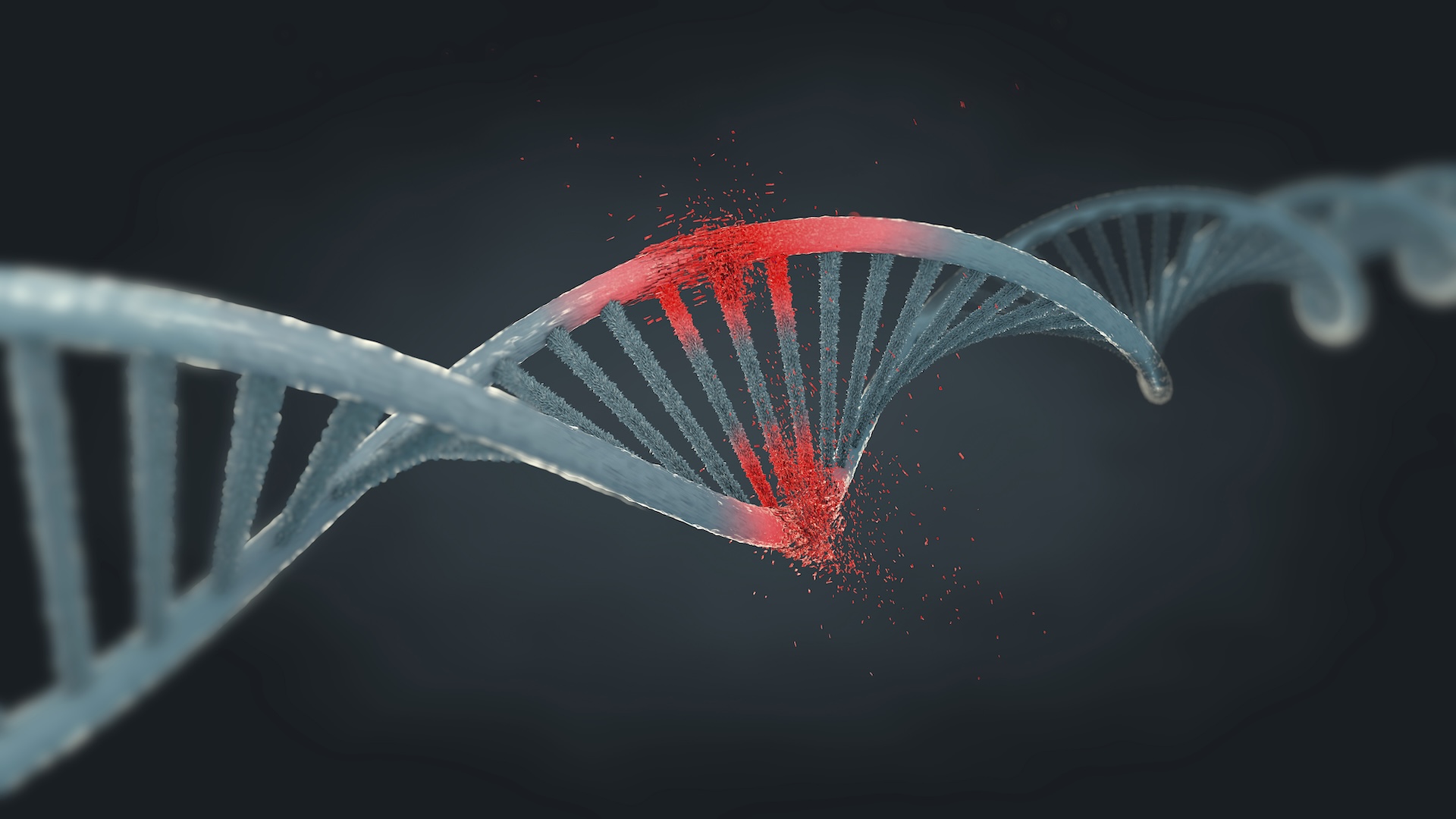In an apparent violation of Islamic tradition, an Ottoman-era grave in Israel’s Negev desert holds the remains of not one, but two people: a woman and a boy who might be her son.
Islamic tradition states only one person should be buried in a single grave, although allowances can be made for practicality and emergencies. In this case, government archaeologists investigating the grave site, near Rahat in the northern Negev, were surprised to find two individuals in the same grave, which dates from a time when most of the Middle East was ruled by the Ottoman sultans in Istanbul.
Radiocarbon dates from the woman’s bones are imprecise, but they suggest she died between the ages of 30 and 50 in the middle of the 19th century; her grave was opened again a few years later when the bones of the second person were added, and then they were both reburied. A small limestone slab was found at the head of the grave; tombstones are uncommon for Islamic graves, and the researchers think it was placed at the time of the unusual second burial.
Archaeologists think the woman and boy, who lived to between 10 and 15 years old, may have been mother and son, and that the son had first been buried somewhere else. But his bones were likely dug up and reburied alongside his mother so they could be together in death, possibly because of an emotional belief by their living family.
“The most important aspect of this find, in my opinion, is the emotional aspect that may have been involved in this unusual burial,” Yossi Nagar, an archaeologist with the Israel Antiquities Authority (IAA), told Live Science.
Related: AI analysis suggests Dead Sea Scrolls are older than scientists thought, but not all experts are convinced
He noted that the grave was located in front of the ruins of an ancient mosque that may be from the seventh century and the earliest in Israel, perhaps because it was considered a spiritually important place.
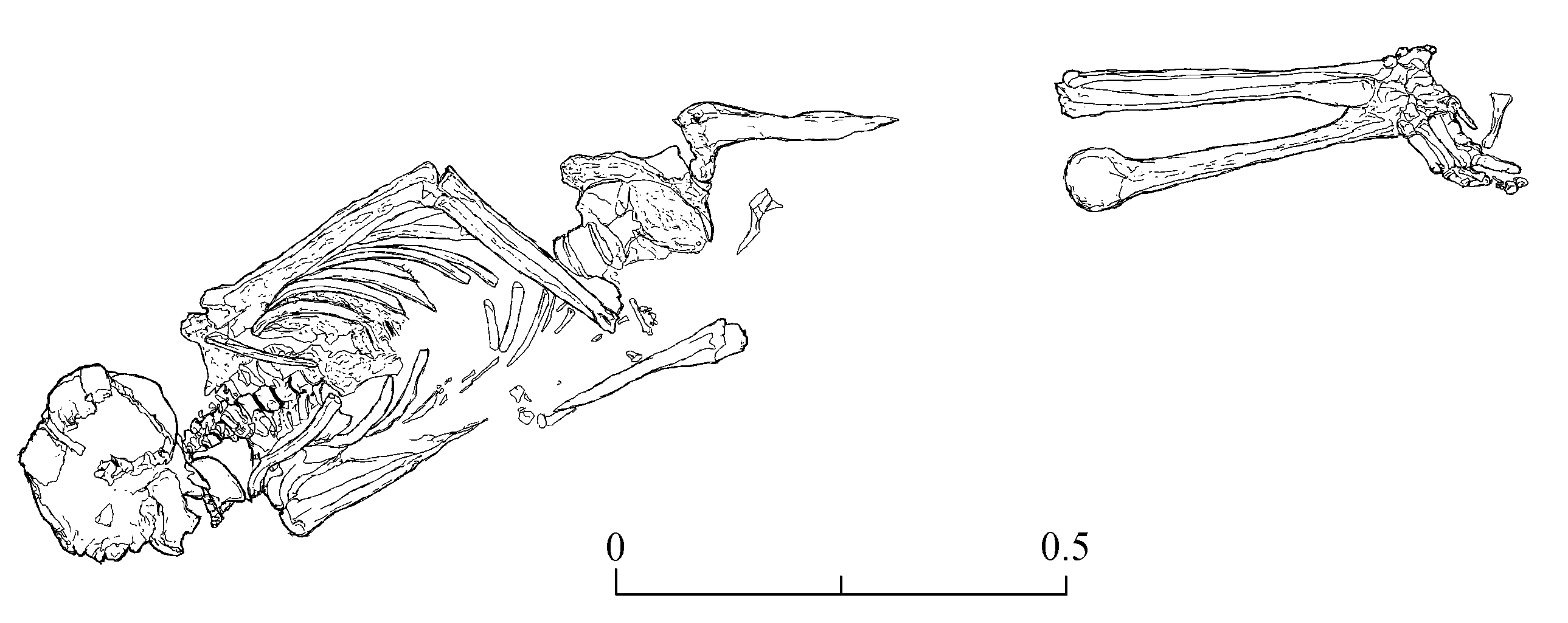
But it was impossible to know exactly why these two people had been buried in the same grave. “This is a practice that is unusual in the Muslim burial tradition,” he said in an email. “There must be a story behind it!”
Nagar added that it’s likely, but not yet proven, that the boy was the woman’s son. Their ages and sexes were determined through careful study of the bones and teeth. But no DNA studies were attempted, and the researchers noted there have been no successful attempts to extract DNA from bones found in the Negev. (DNA does not preserve well in extremely arid conditions.)
Strange grave in an ancient empire
Nagar is the lead author of a study published in the latest issue of the IAA journal ‘Atiqot that describes excavations of the strange grave, which was unearthed in 2022 on the edge of the archaeological site at Rahat.
The modern town is dominated by the descendants of formerly nomadic Arabs, called Bedouins, and archaeological excavations have revealed traces of settlements there since the Iron Age.
The land that is now Israel, Lebanon, Jordan and Syria came under Ottoman Turkish rule when they defeated the Mamluk Sultans in the 16th century; and Ottoman rule there lasted until late 1917 and 1918, when the British Army seized the region near the end of World War I.
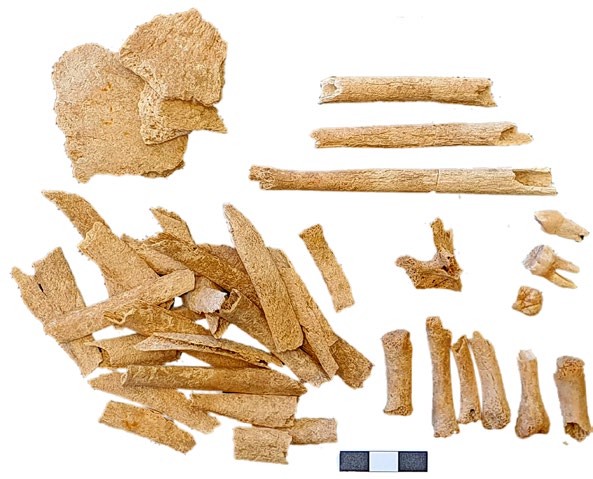
Archaeologist and historian Uzi Baram, a professor emeritus at the New College of Florida, told Live Science the unusual burial at Rahat may show that family feelings had overcome traditions.
The grave was “a moment in time, captured by archaeological excavation and research [and] a facet of the lives of the Bedouin of the Negev, a group otherwise in the shadows of archival records,” he said in an email.
Baram, who was not involved in the latest study, added the Arab and Ottoman periods in Israel were now better studied than before: “The archaeology of the recent past has become a standard practice, and has produced meaningful insights into historical developments,” he said.
